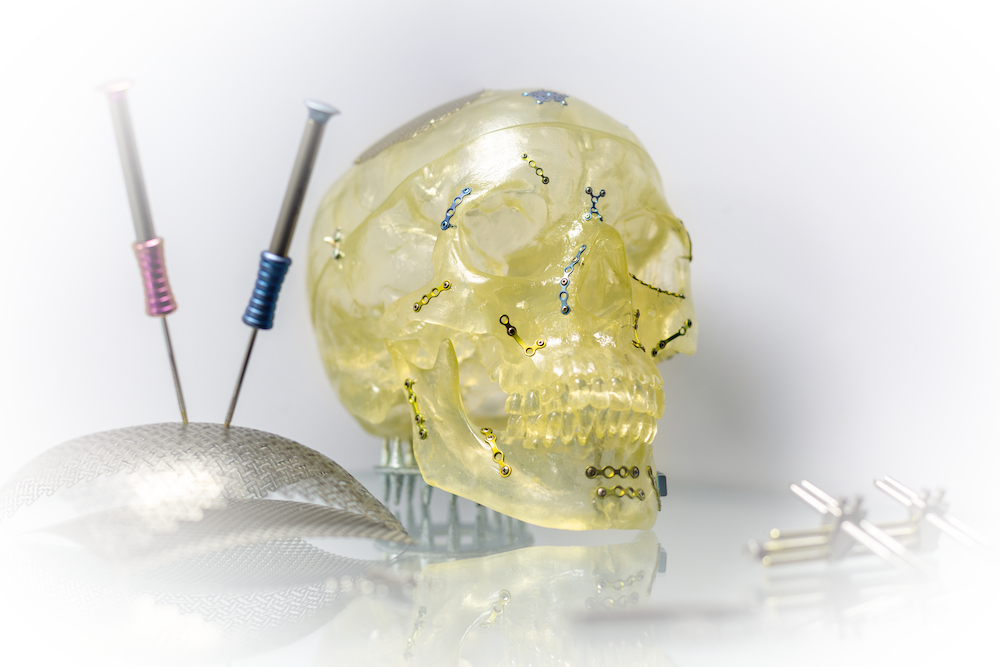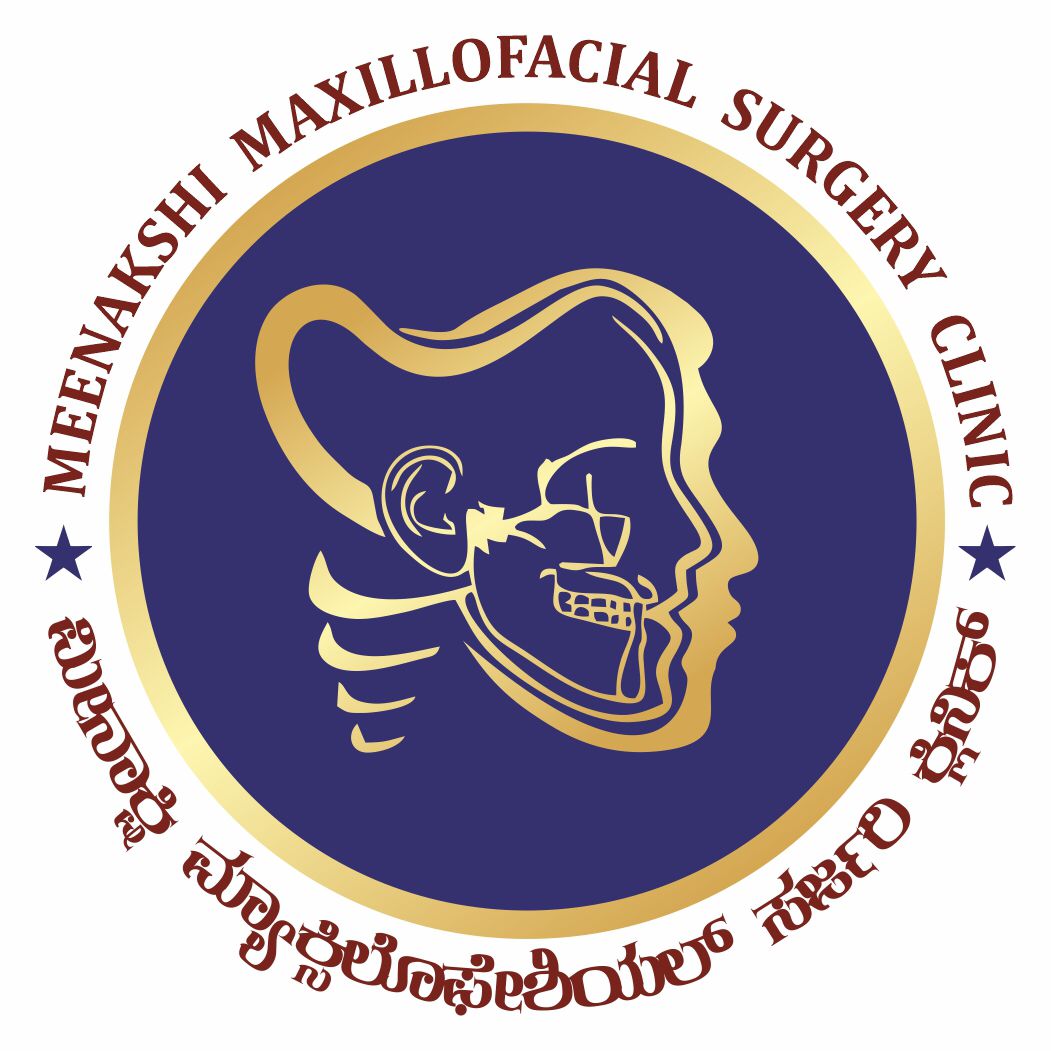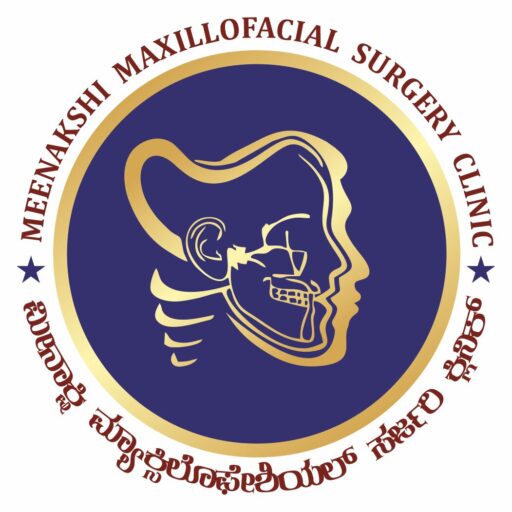Facial Trauma
- Home
- Facial Trauma
What is Facial Trauma ?
Facial trauma refers to bone or soft tissue injuries to the face caused by motor vehicle accidents, assaults, sports injuries, falls, chemical exposures, thermal burns, or animal bites. Because the human face is an intricate area containing many bones, blood vessels, nerves, muscles, and sensory organs, if untreated, facial trauma may cause a permanent loss of function (vision, chewing, speaking, swallowing) and disfigurement if not treated early.

Types of Facial Injuries.
Facial Soft Tissue Injuries
These may include- Torn skin or scalp (facial laceration) that raises the risk of bleeding, infection and scarring.
- Cuts and scrapes to the face.
- Facial burns, either thermal (from heat or cold) or chemical.
- Eye injuries.
- Nerve damage that can affect sensation or a person’s ability to smile, blink, move their eyes to focus, swallow, bite, or chew.
- Laceration of the tongue, which can impair the person’s ability to eat, swallow or speak.
- Damage to salivary glands. Over 100 of these glands are found in the face and keep the mouth moist for eating and speaking.
FACIAL HARD TISSUE /SKELETON INJURY.
The face has a complex bone structure. The facial skeleton consists of the:
- Frontal bone (forehead).
- Zygomas (cheekbones).
- Orbital bones (eye sockets).
- Nasal bones.
- Maxillary bones (upper jaw).
- Mandible (lower jaw).
Fractures Included.
There are several main types of facial fractures.
Nasal bones (broken nose): Nasal bone fractures are the most common type of facial fracture. The nasal bone is made up of two thin bones. It takes less force to break the nasal bones than other facial bones because they are thin and prominent. Usually, the nose looks deformed or feels sore to the touch after a fracture. Swelling in the area might make it more difficult to assess how much damage has occurred. Nosebleeds and bruising around the nose are common symptoms of a nasal fracture.
Frontal bone (forehead) fractures: The frontal bone is the main bone in the forehead area. A high-impact injury to the head can cause a fracture of the frontal bone and the floor of the sinuses. The fracture is most likely to occur in the middle of the forehead. That’s where the bone is the thinnest and weakest. An injury may cause the bone to be indented (pushed inward). Substantial force is required to fracture the frontal bone, so often other injuries to the face, skull, or neurological trauma may be present. Associated problems may include leakage of the cerebrospinal fluid, eye injuries, and damage to the sinus ducts.
Zygomaticomaxillary fractures (broken cheekbone/upper jaw): The zygomas (cheekbones) are attached at several points to the upper jaw (maxilla) and bones of the skull. Cheekbone fractures might also involve breaks in other facial bones nearby.
Orbital fractures (eye socket): There are three main types of orbital fractures.
- Orbital rim fracture: The outer rim is the thickest part of the eye socket. It requires a lot of force to break the bone. Many other injuries may accompany an orbital rim fracture, such as damage to the optic nerve.
- Blowout fractures: The orbital rim remains intact in this case, but a crack forms in the thin bone at the lower part of the eye socket. The eye muscles and other structures can become entrapped in the break and prevent the eyeball from moving normally.
- Direct orbital floor fracture: This is a rim fracture that extends into the lower socket.
- Le Fort I: The fracture extends above the upper jaw (maxilla).
- Le Fort II: The fracture extends from the lower part of one cheek, below the eye, across the bridge of the nose, and to the lower part of the other cheek.
- Le Fort III: The fracture extends across the bridge of the nose and the bones surrounding the eyes.
Management of Trauma
ATLS (Advanced trauma life support) protocols have to be followed by the trauma response team. After trauma triage and primary survey, a team approach is required to manage the patient for the best outcomes. We use state-of-the-art techniques, including CAS and endoscopic assisted techniques in facial reconstructions, as per AOCMF protocols, to obtain the best result.
Our goal is to give the patient a functional and aesthetic result that is close to their pre-injury status. Always, primary corrective or reconstructive surgery is the best method to achieve the desired goal in trauma.

Facial Trauma FAQ
General Question
Maxillofacial Surgery can be overwhelming. Whether you’re scheduled for your very first oral surgery, or you’ve undergone oral surgery before, you probably have several pressing questions for your Maxillofacial surgeon.
Maxillofacial / facial trauma is an injury to the face (soft tissue, hard tissue-bone or both), teeth, and oral cavity.
It is caused by an accident, fall, altraction (an interpersonal fight), or pathological reasons.
Changes in feeling over the face, a deformed or uneven face or facial bones, Difficulty breathing through the nose due to swelling and bleeding Double vision, Missing teeth, Swelling or bruising around the eyes that may cause vision problems is called intraoral bleeding.
All the soft tissue lacerations will provide access areas for facial fracture reductions according to anatomic relationships, and the lacerations will be closed in layers meticulously. If existing lacerations are not present, then facial anterior (transoral, transconjunctival, preauricular, etc ) and posterior approaches are used for almost scarless surgeries.
The goal of reconstruction is to obtain a pre-injury, near-normal functional and aesthetic result.
Book Now
Make An Appointment
Open Hours
- Mon – Sat : 10 AM to 02 PM
- Mon - Sat : 04 AM to 08 PM

